Microsoft release Optional Update KB5007253 for all supported versions of Windows 10, with network printing fix, more
7 min. read
Updated on
Read our disclosure page to find out how can you help MSPoweruser sustain the editorial team Read more
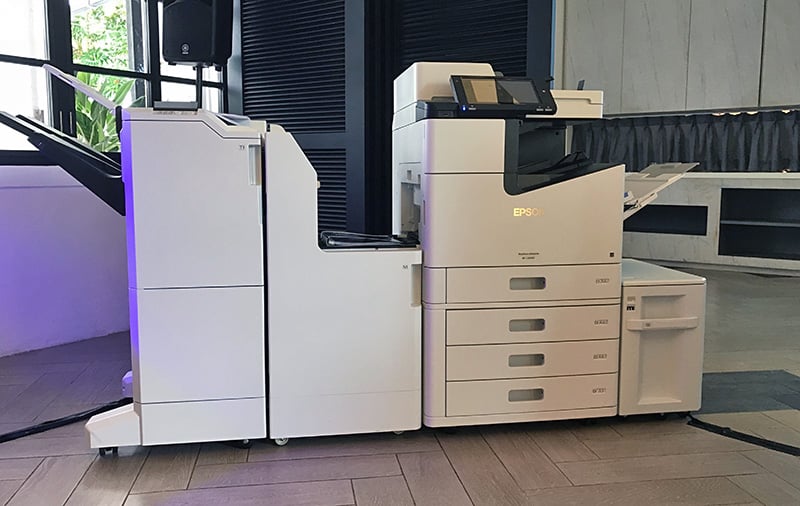
Microsoft has released an Optional Update for all supported versions of Windows 10.
KB5007253 is being made available for Windows 10, version 2004, Windows 10, version 20H2, Windows 10, version 21H1, and for the first time Windows 10, version 21H2, taking the operating systems to Build 19041.1387, 19042.1387, 19043.1387, and 19044.1387 respectively.
The update contains a large number of fixes, but one which may compel users to install it is that it claims to fix many of the network printing errors which has been plaguing Windows recently.
The full changelog includes:
- Addresses an issue that affects the opening of the SearchFilterHost.exe process.
- Addresses an issue that causessearchindexer.exe to keep handles to the per user search database in the path below after you sign out: “C:\Users\username\AppData\Roaming\Microsoft\Search\Data\Applications\<SID>\” As a result, searchindexer.exe stops working and duplicate profile names are created.
- Adds support for the cancellation of daylight savings time for the Republic of Fiji for 2021.
- Addresses an issue that prevents the enrollment status page (ESP) from displaying the error message or remediation options after a failure.
- Adds the –cd argument to wsl.exe to specify a Windows or Linux path as a starting directory for Windows Subsystem for Linux (WSL).
- Addresses an issue that fails to apply machine Group Policy objects automatically at startup or in the background to devices on a domain that have certain processors.
- Adds the option to configure an Internet Protocol version 4 (IPv4) maximum transmission unit (MTU) that is less than 576 bytes on an interface.
- Addresses an issue that fails to provide an event description for the System Center – Operations Manager.
- Addresses an issue that incorrectly renders some variable fonts.
- Addresses an issue that might cause the 32-bit version of Microsoft Excel to stop working on devices that have certain processors when you export to PDF.
- Addresses an issue that displays glyphs at the wrong angle when you use the Meiryo UI font and other vertical fonts. These fonts are frequently used in Japan, China, or other countries in Asia.
- Enables onunload events to create pop-up windows in Microsoft Edge Internet Explorer mode
- Addresses an issue that affects predictive pre-rendering in Microsoft Edge Internet Explorer mode
- Addresses an issue that causes Internet Explorer to stop working.
- Addresses a known issue that causes error codes 0x000006e4, 0x0000007c, or 0x00000709 when connecting to a remote printer that is shared on a Windows print server.
- Addresses an issue that causes Internet Explorer to stop working when using the Input Method Editor (IME) to insert elements.
- Addresses an issue that causes the Settings page to unexpectedly close after you uninstall a font.
- Addresses an issue that affects the UI for renaming files when using folder view in File Explorer. The UI fails to properly handle inline composition when using the new Japanese IME.
- Addresses a memory leak in ctfmon.exe that occurs when you switch between different edit clients.
- Addresses an issue that turns off screen capture and recording functionalities on the Windows Game Bar because of a service failure.
- Addresses an issue that might cause the return value of GetCommandLineA() to be lowercase in some developer scenarios.
- Addresses an issue that might cause the decryption of a file that is on a remote server to fail. This issue occurs when using the Encrypted File System (EFS) on the remote server and the error message is, “ERROR_DECRYPTION_FAILED”.
- Addresses an issue that prevents you from enabling BitLocker on a thinly provisioned virtual machine (VM). The error is “A device attached to the system is not functioning” and the system logs, “STATUS_UNSUCCESSFUL”.
- Addresses an issue that causes Windows Defender Application Control to incorrectly compare two file version numbers.
- Enables credentials for Azure Active Directory (Azure AD) Active Directory Federation Services (ADFS) users in Quick Assist.
- Addresses an issue that sometimes prevents Quick Assist users from using full screen view after they start a remote assistance session.
- Addresses an issue that prevents the applications that you use often from appearing on the Start menu and prevents you from configuring them to appear on the Start menu using a Group Policy.
- Addresses an issue that causes the syncing of desktop settings to fail when you use the built-in User Experience Virtualization (UE-V) template.
- Addresses an issue that prevents Failover Clustering from updating Domain Name Server (DNS) records.
- Addresses an issue that prevents your device from starting up, and it becomes unresponsive because of licensing API calls.
- Addresses an issue that might affect devices that use Windows Hello for Business and are joined to Azure Active Directory (AD). These devices might experience issues when they access on-premises resources, such as file shares or websites.
- Addresses a known issue that might prevent apps, such as Kaspersky apps, from opening after you attempt to repair or update the apps using the Microsoft Installer (MSI).
Known issues include:
| Symptoms | Workaround |
| Devices with Windows installations created from custom offline media or custom ISO image might have Microsoft Edge Legacy removed by this update, but not automatically replaced by the new Microsoft Edge. This issue is only encountered when custom offline media or ISO images are created by slipstreaming this update into the image without having first installed the standalone servicing stack update (SSU) released March 29, 2021 or later.
Note Devices that connect directly to Windows Update to receive updates are not affected. This includes devices using Windows Update for Business. Any device connecting to Windows Update should always receive the latest versions of the SSU and latest cumulative update (LCU) without any extra steps. |
To avoid this issue, be sure to first slipstream the SSU released March 29, 2021 or later into the custom offline media or ISO image before slipstreaming the LCU. To do this with the combined SSU and LCU packages now used for Windows 10, version 20H2 and Windows 10, version 2004, you will need to extract the SSU from the combined package. Use the following steps to extract the using SSU:
If you have already encountered this issue by installing the OS using affected custom media, you can mitigate it by directly installing the new Microsoft Edge. If you need to broadly deploy the new Microsoft Edge for business, see Download and deploy Microsoft Edge for business. |
| After installing the June 21, 2021 (KB5003690) update, some devices cannot install new updates, such as the July 6, 2021 (KB5004945) or later updates. You will receive the error message, “PSFX_E_MATCHING_BINARY_MISSING”. | For more information and a workaround, see KB5005322. |
| After installing this update, when connecting to devices in an untrusted domain using Remote Desktop, connections might fail to authenticate when using smart card authentication. You might receive the prompt, “Your credentials did not work. The credentials that were used to connect to [device name] did not work. Please enter new credentials.” and “The login attempt failed” in red. | This issue is resolved using Known Issue Rollback (KIR). Please note that it might take up to 24 hours for the resolution to propagate automatically to non-managed personal devices and non-managed business devices. Restarting your Windows device might help the resolution apply to your device faster. For enterprise-managed devices that have installed an affected update and encountered this issue, it can be resolved by installing and configuring a special Group Policy linked below. Note Devices need to be restarted after configuring the special Group Policy. For help, please see How to use Group Policy to deploy a Known Issue Rollback. For general information on using Group Policies, see Group Policy Overview.
Group Policy installation files: Important Verify that you are using the correct Group Policy for your version of Windows. |
You can download the update by going to Settings > Update & Security > Windows Update. In the Optional updates available area, you’ll find the link to download and install the update. You can also find it in the Microsoft Catalogue here.
via BleepingComputer


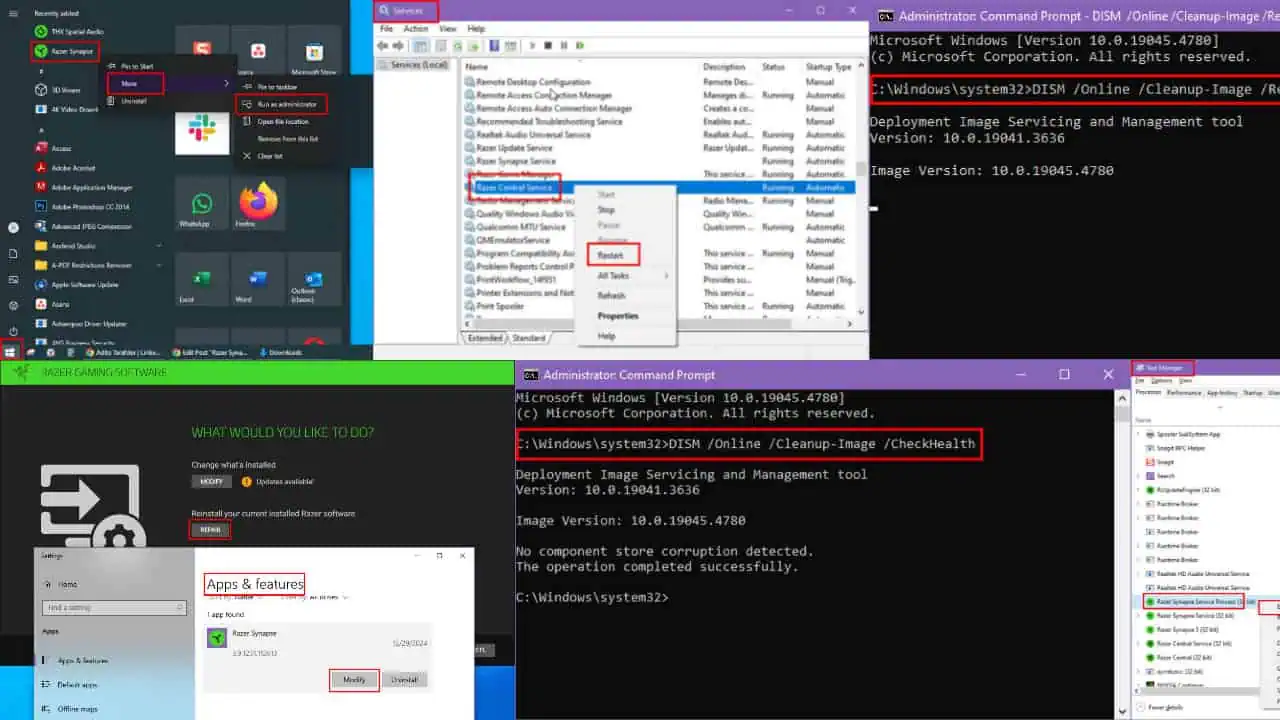

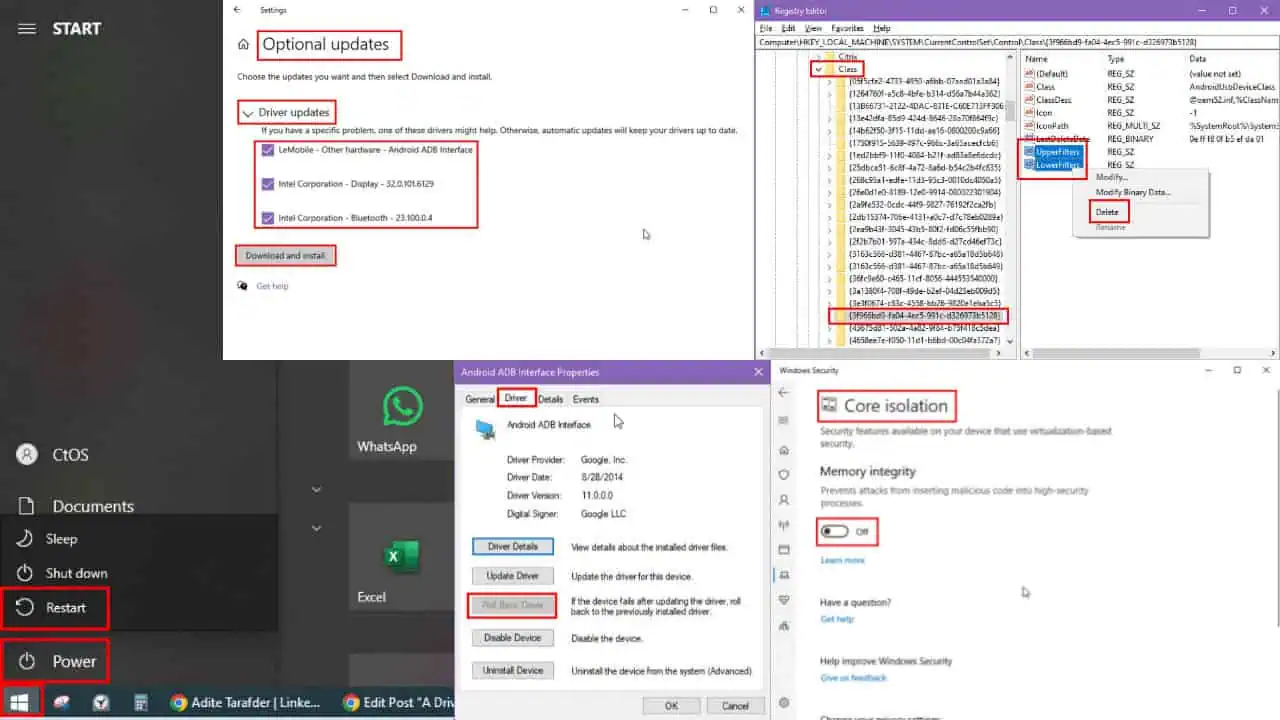
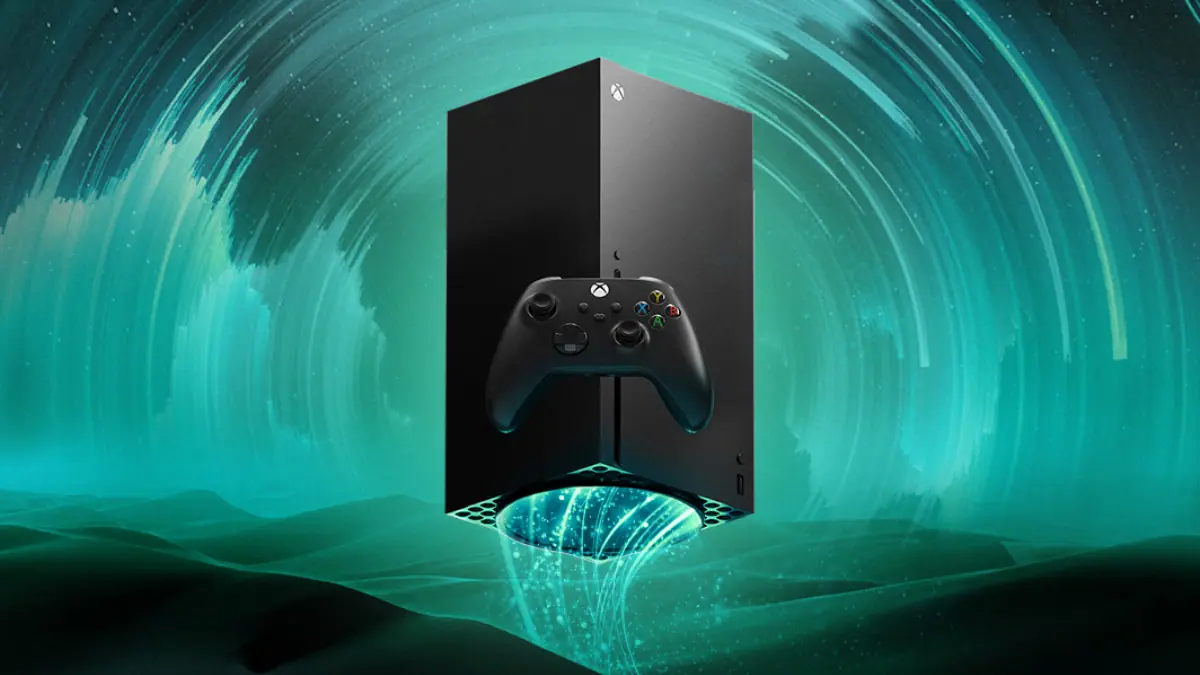
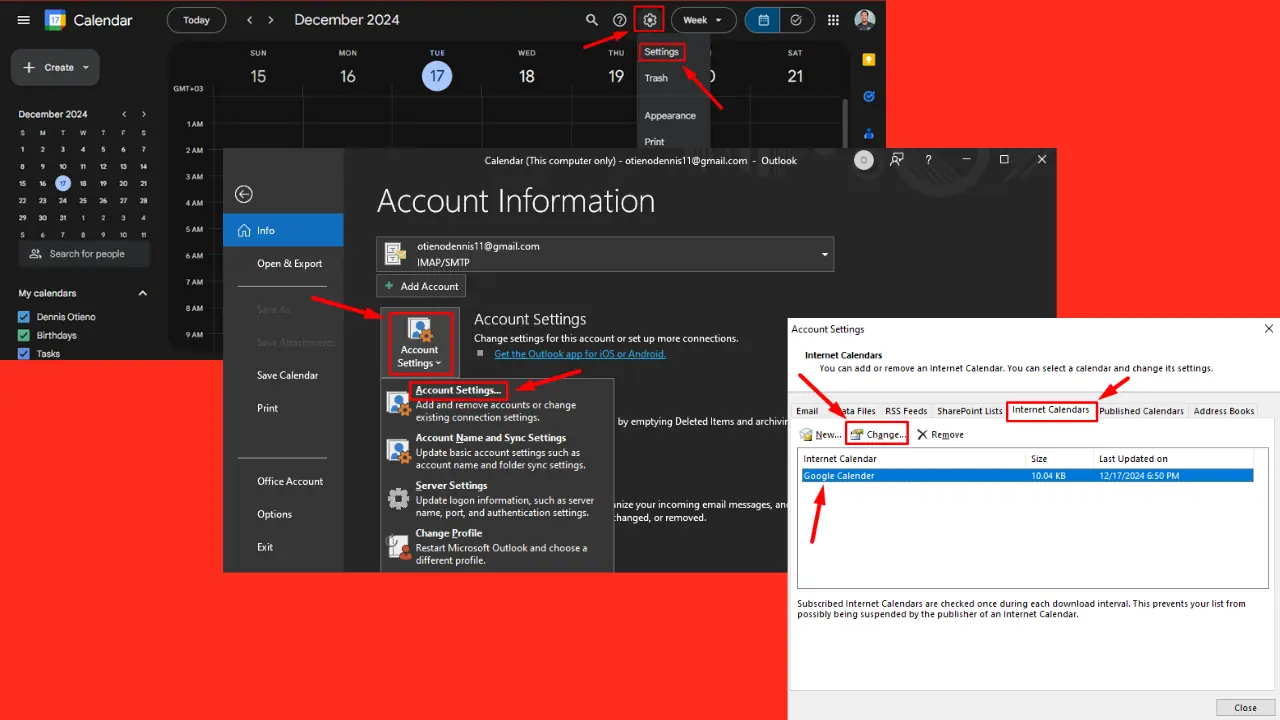


User forum
0 messages